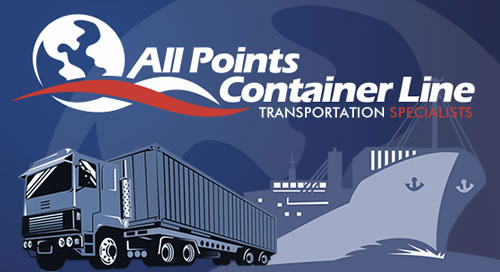As we end 2023, the ocean freight market, responsible for over 90% of world trade by volume, shows signs of cooling after years of heightened activity. This comes as new container ships, ordered in the previous two years, hit the waters, potentially leading to more capacity and possibly lower pricing. This could affect businesses that had shifted to costlier air freight during the pandemic. Here are just a few other areas to keep an eye on.
Easing Port Congestion and Improving Schedule Reliability
A positive development is the easing of port congestion and improvements in schedule reliability. As these trends continue, they are likely to bolster confidence in sea freight services, offering a more predictable and efficient option for shippers. Meaning, sea freight is just as reliable as it ever was, if not more so now.
Diverse Cargo and Key Shipping Routes
The wide variety of goods transported by sea – including raw materials, machinery, and consumer goods, highlights the sector’s critical role in global trade. Key shipping routes, like the Panama and Suez Canal, are vital in connecting global markets and facilitating trade flows. The focus has been, and continues to be, on strengthening these key shipping routes.
Outlook Amidst Economic and Geopolitical Factors
Despite the potential for increased capacity and lower rates – other factors like cost-of-living changes, labor actions, and geopolitical uncertainties may influence the ocean freight sector in the coming year. Companies might respond by scrapping older ships to balance capacity and maintain pricing. A year with new ships is an exciting prospect.
Navigating Sea Freight Logistics with Expertise
In a rapidly changing sea freight landscape, partnering with a knowledgeable logistics provider is more crucial than ever. All Points Container Line offers expert guidance and solutions tailored to these emerging trends, ensuring your goods are transported efficiently and cost-effectively. Contact us for all your logistics needs.

